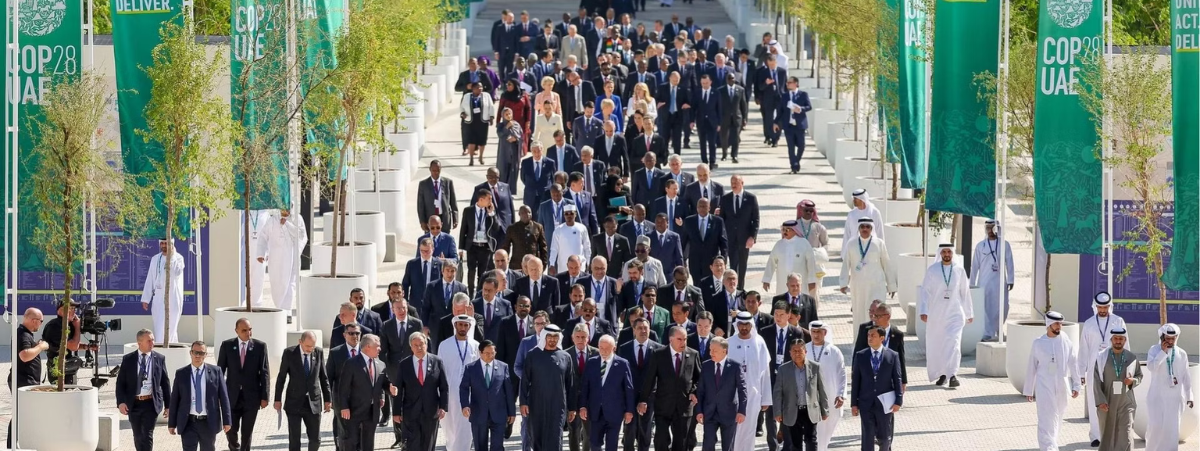A week-long European family trip generates close to one ton of carbon emissions. In this article, we explain how the carbon footprint of summer holidays can be reduced and mitigated.
Four people flying from Paris to Barcelona and staying there a week as tourists generate about 900 kg of greenhouse gases. To get to this result, ClimateTrade added up flights, taxis, hotel nights, restaurant meals and typical tourist activities. The largest portion (95%) of this footprint comes from flights, so where the tourists come from is the main determinant of the amount of emissions they generate on their summer holidays.
It would take 4,000 square meters of forest and one entire year to absorb the carbon emissions of one family’s vacation. And with 71% of Europeans expected to take a summer holiday in 2022, the carbon bill is growing faster than what the planet can absorb. Globally, tourism is estimated to be responsible for about 8% of carbon emissions. So what can we do to reduce this footprint?
Tips for a low-carbon summer trip
Transportation: to fly or not to fly?
There are several things tourists can do to reduce the carbon emissions associated with their holidays. Since most of the footprint comes from transportation, this is the first area to look at. Flights are notorious for emitting enormous amounts of greenhouse gases, so if you can, take the train instead: you would automatically cut your emissions by about three-quarters. And if you really can’t avoid the plane, make sure you offset the carbon footprint of your flight. Most airlines now offer this service, thanks to automated calculators and technological platforms like ClimateTrade.
Once at your destination, try to move around by public transport instead of taxis, or use carbon-neutral mobility providers like Cabify.
Accommodation: the smaller, the better
Second, look for an energy-efficient accommodation option. The carbon footprint of hotel stays has dropped by about 10% since 2015, mostly due to energy efficiency improvements, but it is important to understand where this footprint comes from in order to choose where to stay. Things like energy, building size, geographic location, the presence of heating or cooling systems, the presence of restaurants, bars or catering facilities, the type of food consumed, the presence of laundry or a swimming pool all add carbon emissions to an accommodation’s total. Therefore, hotels or hostels with smaller rooms and fewer services tend to have a smaller footprint.
Some hotels also give guests the option to offset the CO2 emissions of their stay: that’s the case of Melia Hotels International, which integrated the ClimateTrade API into its rewards system.
Food: What to eat when eating out
The carbon footprint of a restaurant meal is estimated to be between 3kg and 8 kg, but most of us don’t realize how much what we eat affects global warming. At COP26, attendees were shown the carbon footprint of every dish on the menu, helping them make better decisions. When CO2 information appears on menus, it is clear that plant-based meals have a much smaller impact on the climate than meat. For instance, a vegetable hotpot has a footprint of 100 g, while a traditional Scottish meal of sheep meat with vegetables and potatoes generates about 3.3 kg. According to WWF, we need to get the carbon footprint of our food consumption down to around 4 kg per day in order to meet the goal of the Paris Agreement.
So when you’re eating out a lot, you can lower your carbon footprint by choosing more plant-based alternatives and avoiding red meat. Food waste is another important factor in emissions from this sector, so choose restaurants with normal portion sizes and make sure you finish your meal. You could also try going to zero-waste restaurants, which are increasing in popularity around the world.
Activities: Get moving!
As for tourist activities, the best way to limit your carbon footprint is to get active: rent a bike to discover your destination, go for a hike or take a swim in the sea. These are great ways to enjoy your holiday without generating CO2 emissions.







